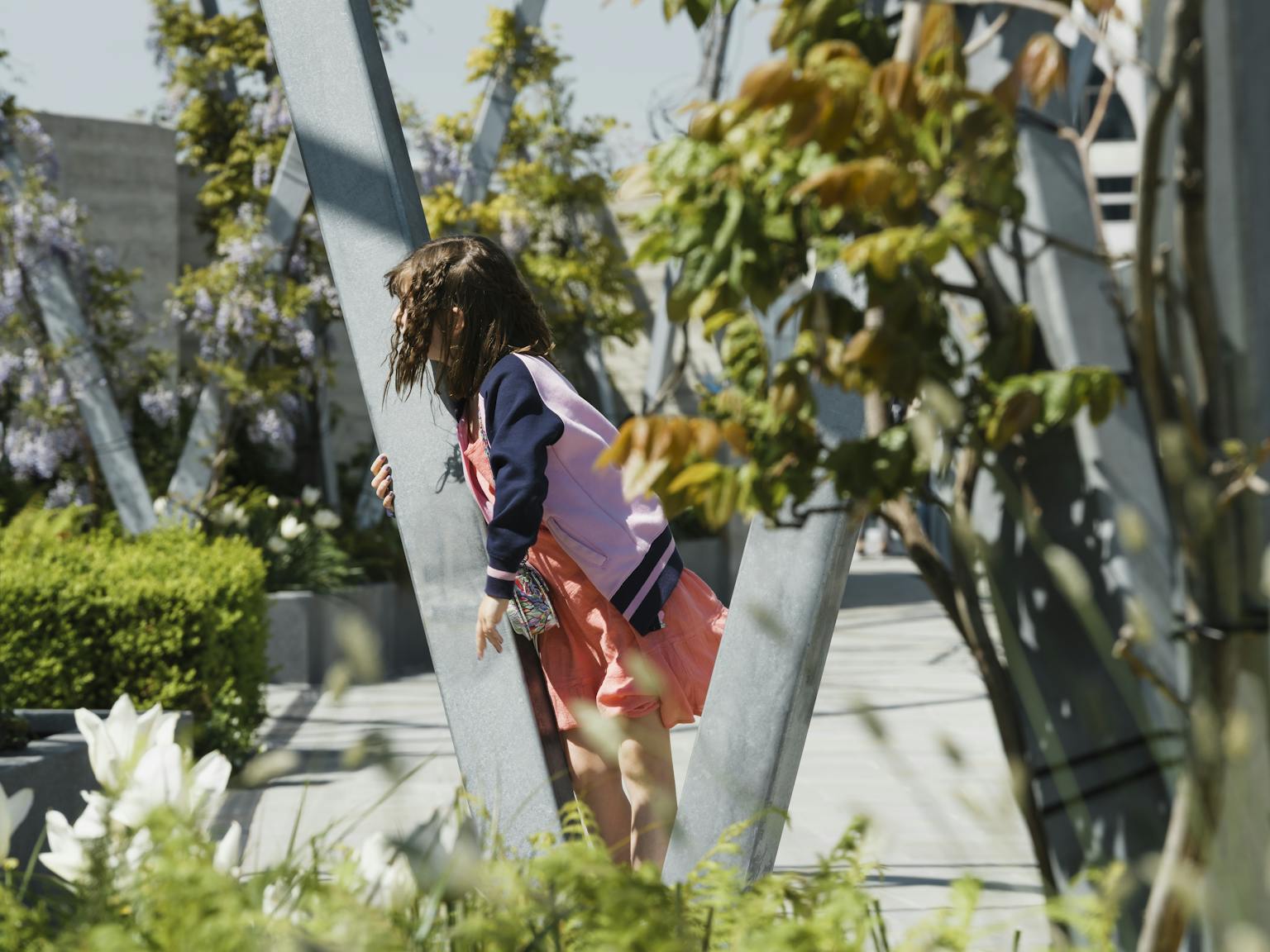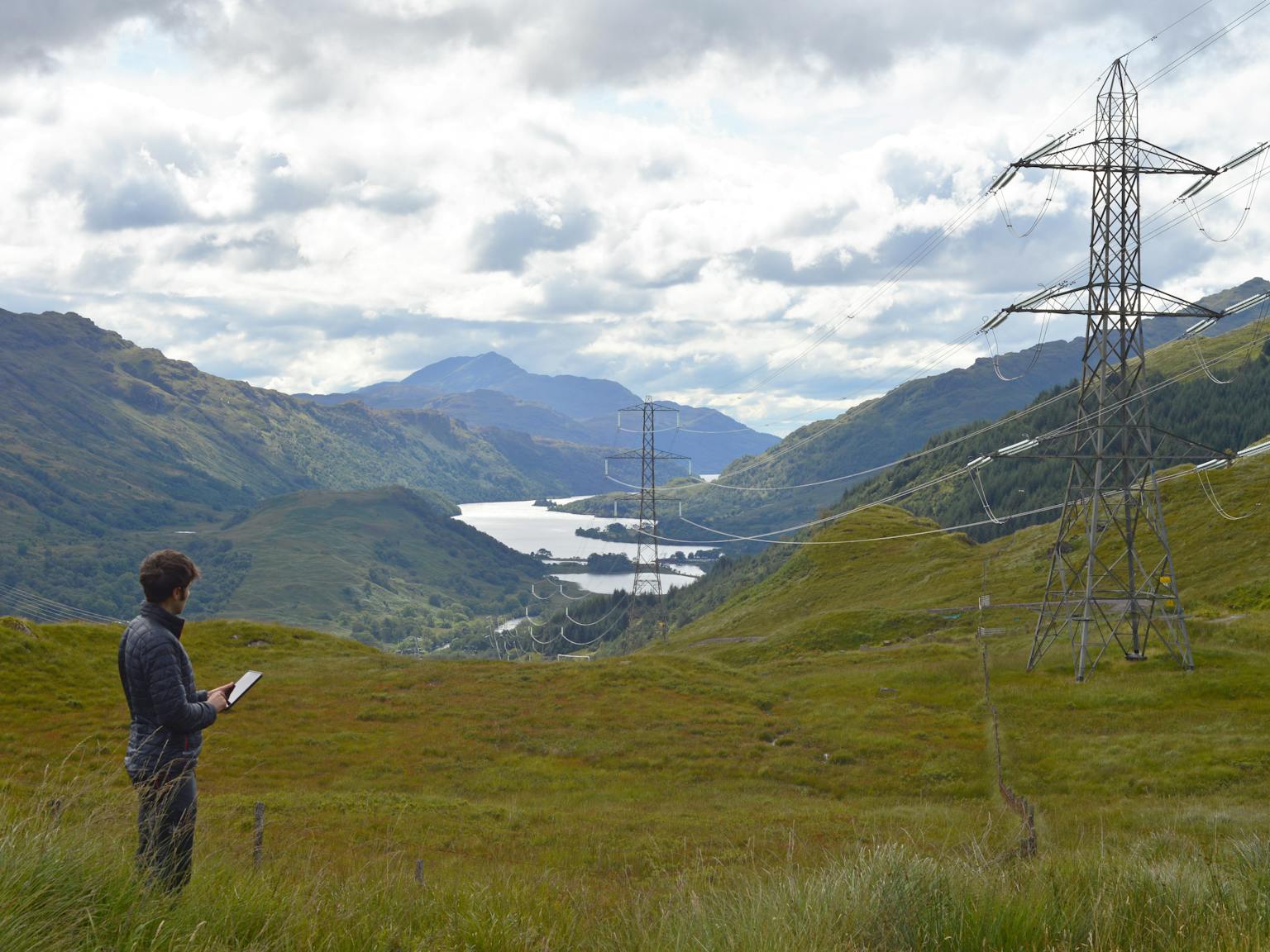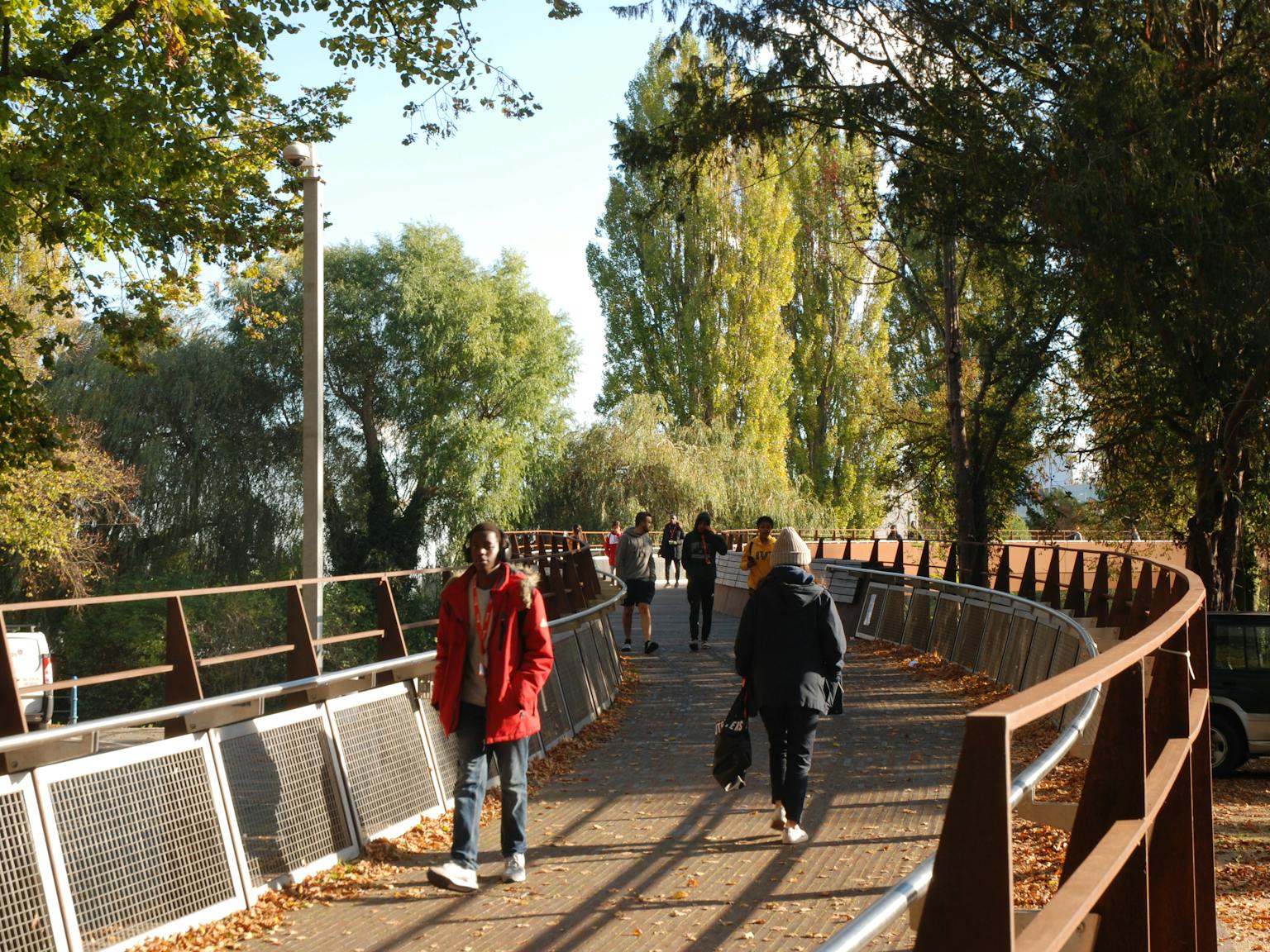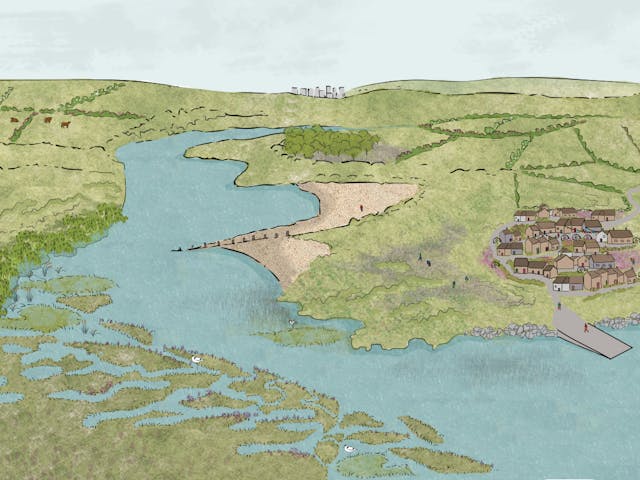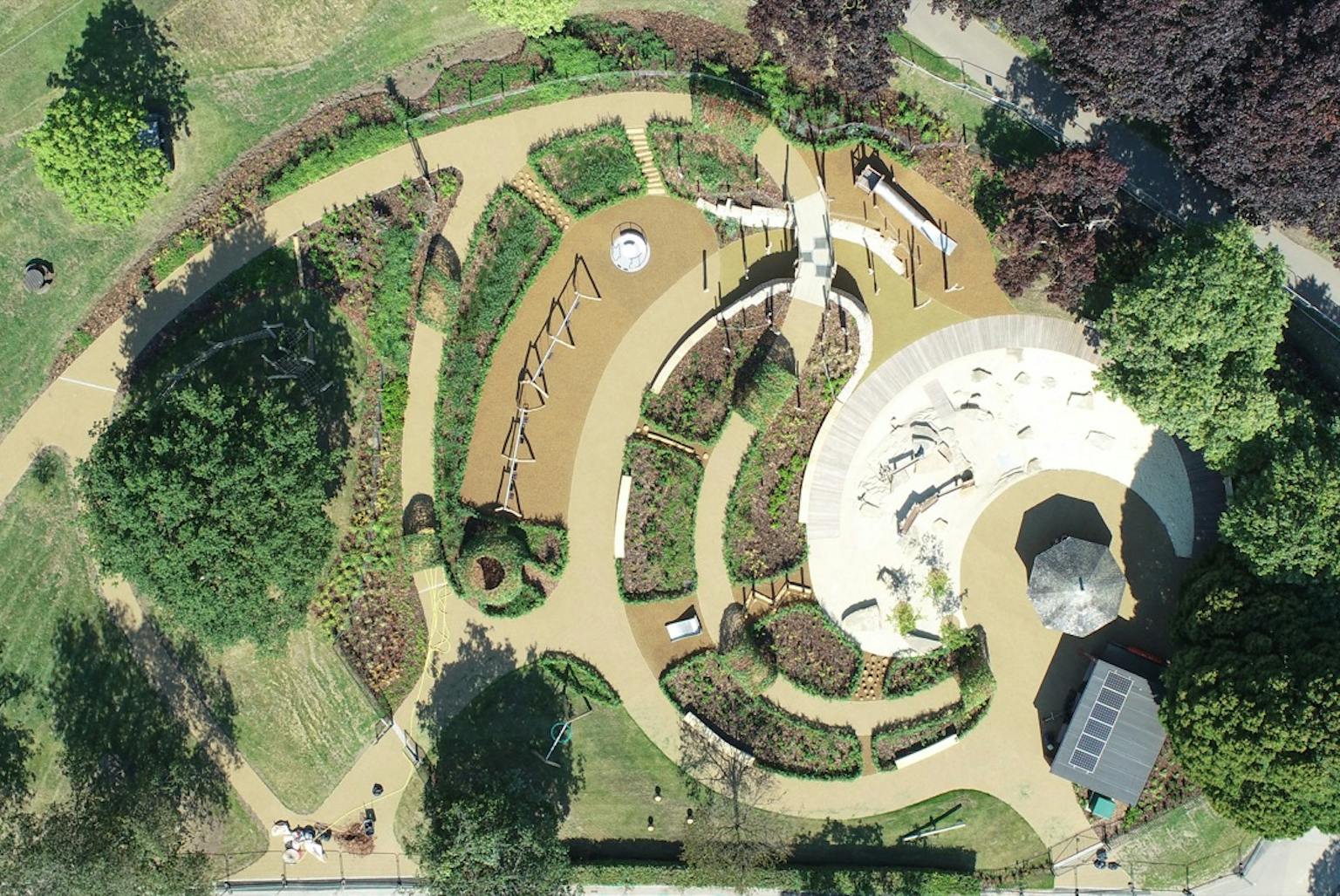
Gloucester Gate Playground
Reimagining play for all
LUC collaborated with The Royal Parks to breathe new life into Gloucester Gate Playground in Regent's Park, London.
The vision? An innovative playscape that pushes the boundaries of play for all ages and abilities and provides high play value.
This project wasn't just about swings and slides; it aimed to create a space that sparks creativity, imagination, and social interaction for every child inspired by its natural surroundings.
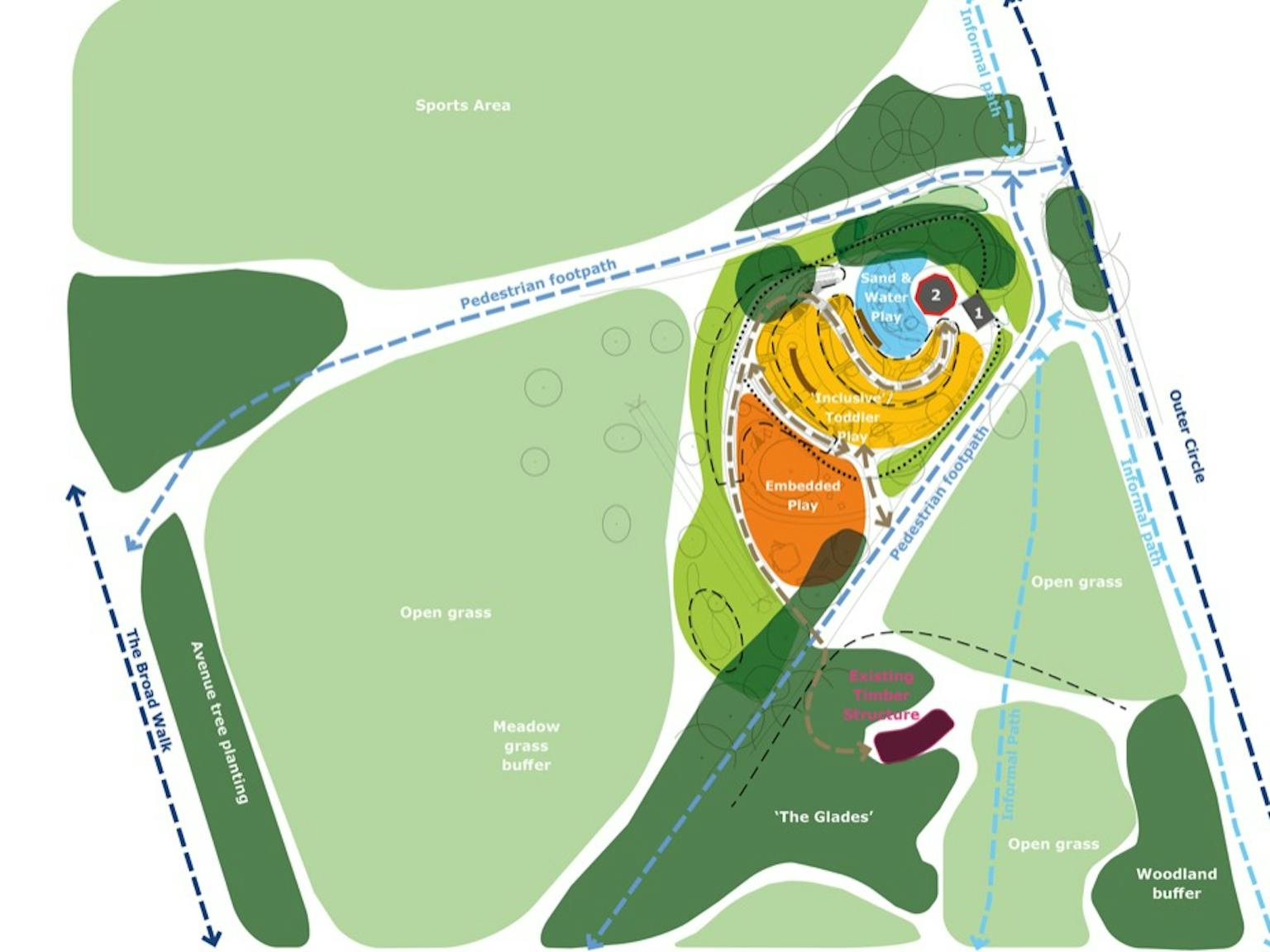
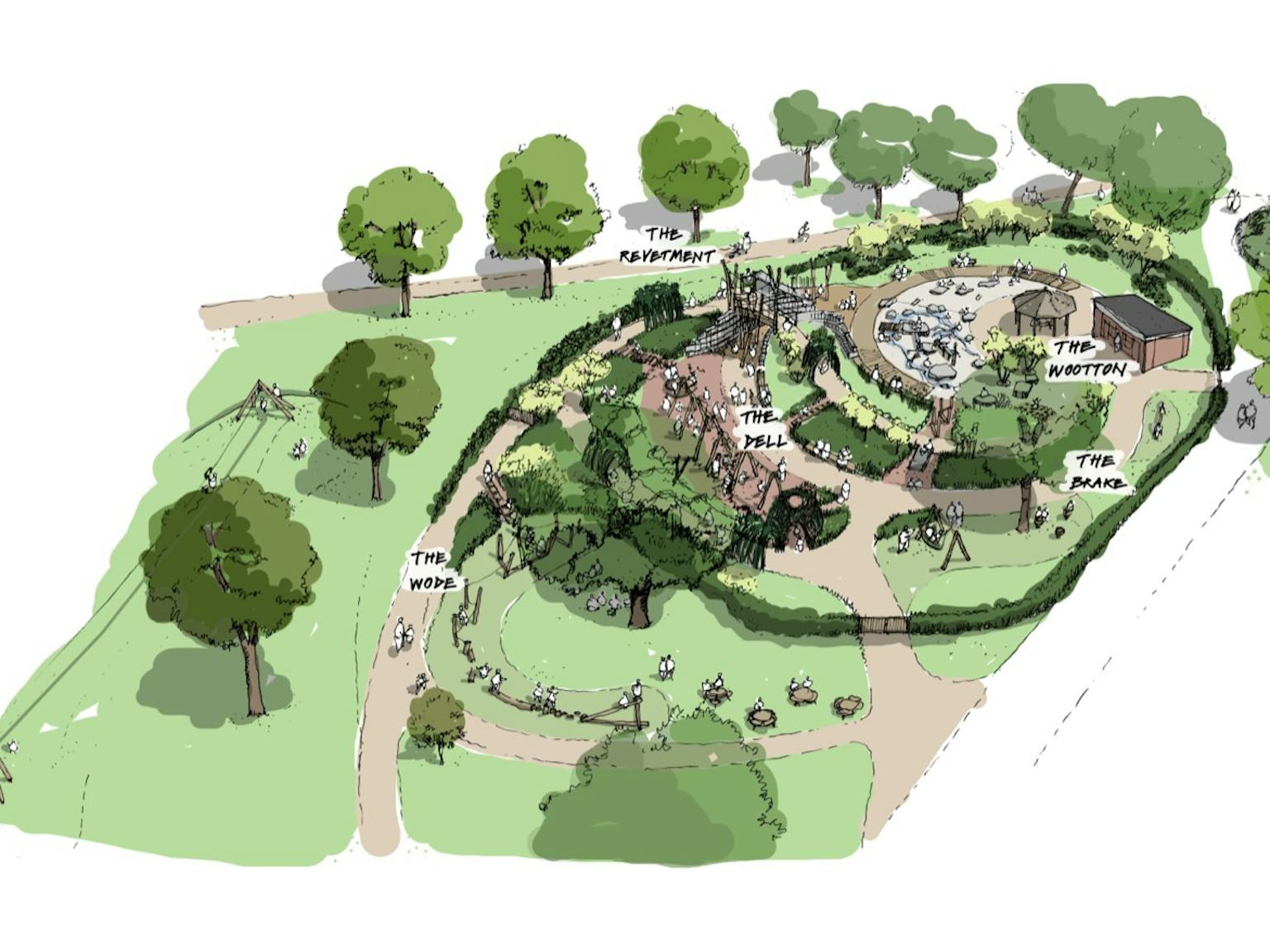
Nurturing nature
The Gloucester Gate Playground is designed with the park's ecology in mind. LUC incorporated features like native hedgerows, rich herbaceous and scrub planting, trees and wildflower meadows to provide vital habitats for local wildlife.
This focus on ecological sensitivity ensures that the playground coexists harmoniously with the surrounding environment.
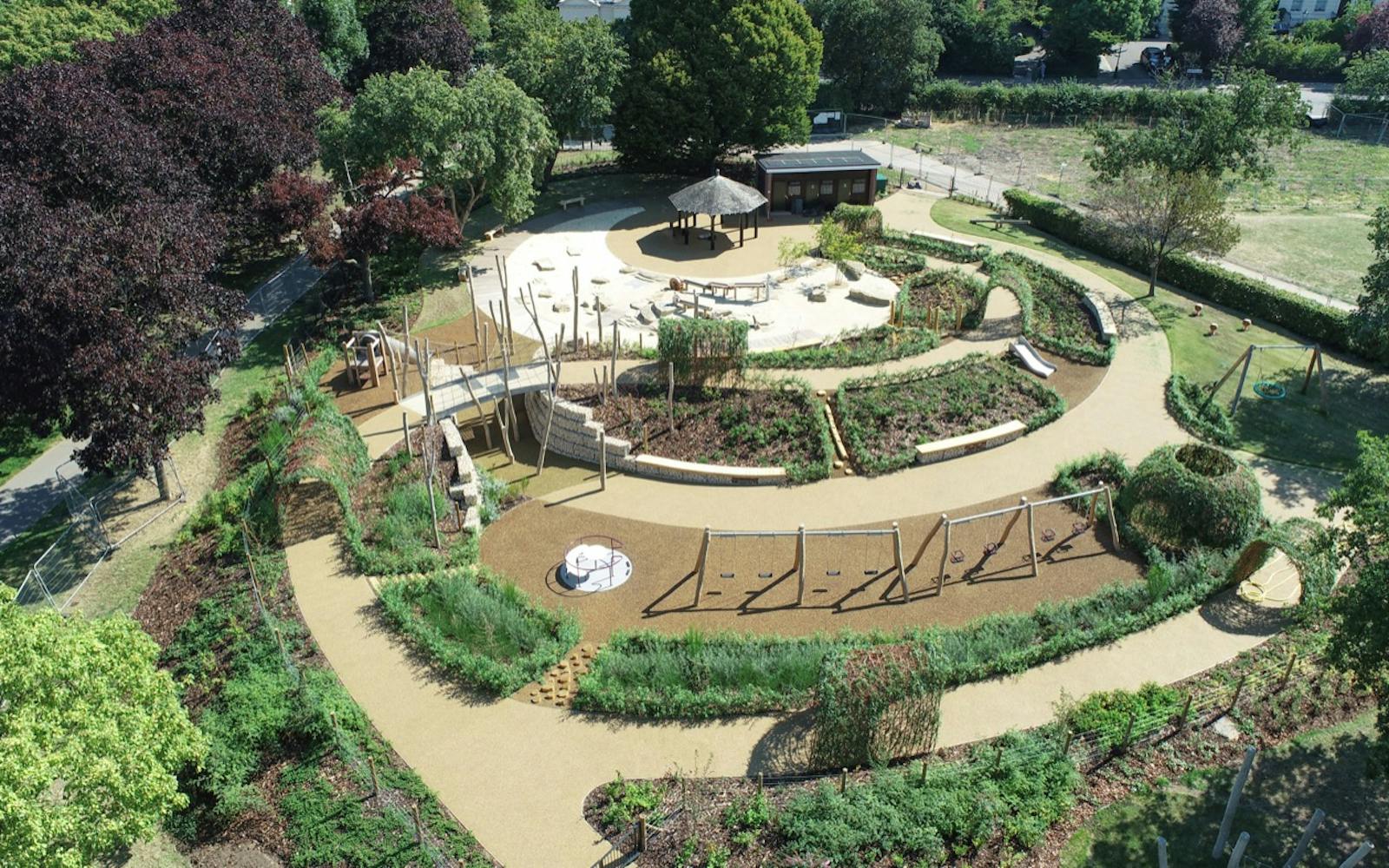
Play for everyone
Inclusivity was paramount in the design of Gloucester Gate Playground. The main path features a gentle ramp, making it easily accessible for wheelchairs and those with mobility challenges.
Additionally, the playground boasts a range of equipment specifically designed for wheelchair users, along with multiple climbing routes that cater to various abilities.
This ensures that every child can experience the joy of play.
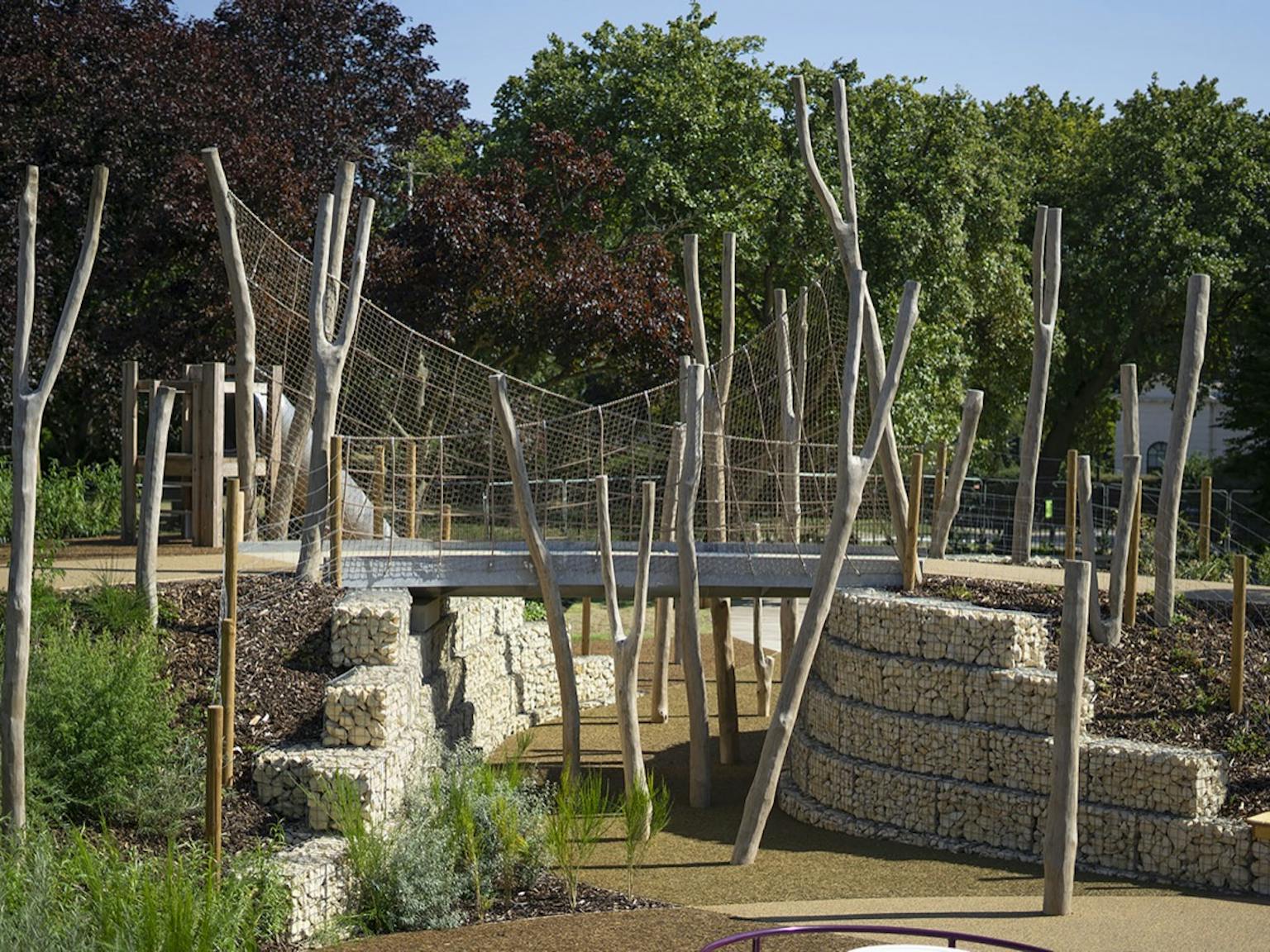
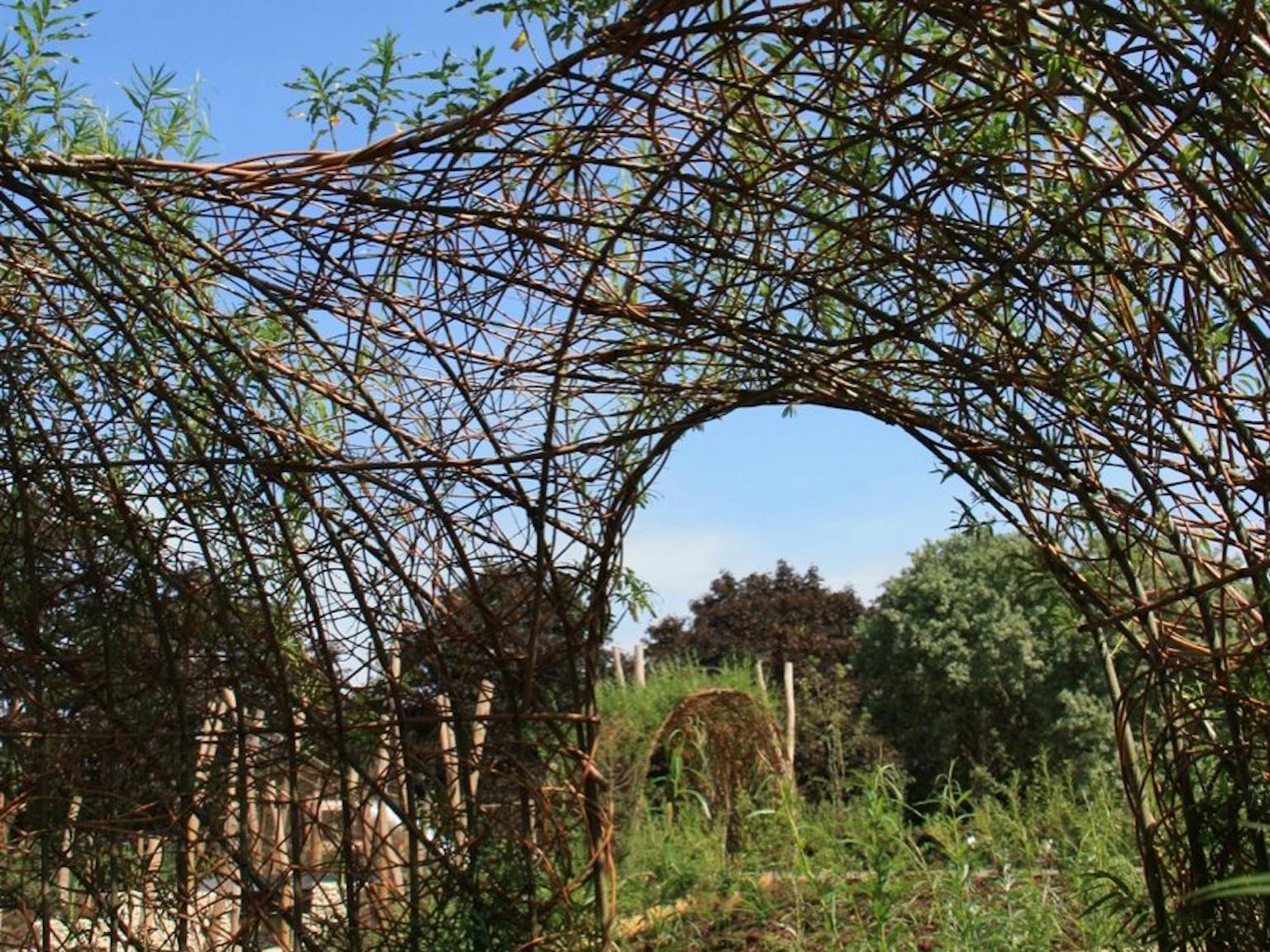
Exploring themed zones
LUC divided Gloucester Gate Playground into a series of captivating zones, each named after evocative Old English words for woodland areas. These zones cater to a variety of play styles and ages.
Some offer intimate nooks for quiet exploration and discovery, while others provide expansive spaces perfect for social interaction and imaginative adventures.
This thoughtful zoning ensures there's something for every child to enjoy.

Built with nature in mind
The Gloucester Gate Playground goes beyond fun and inclusivity; it's also environmentally responsible.
LUC made a conscious decision to utilise natural materials like sand and water, timber, rope, bark and willow, and throughout the design. The scheme includes sustainable urban drainage features to reduce surface water run-off.
This not only creates a visually appealing space that blends seamlessly with the natural surroundings, but it also showcases a commitment to sustainability – a vital consideration for future generations.
